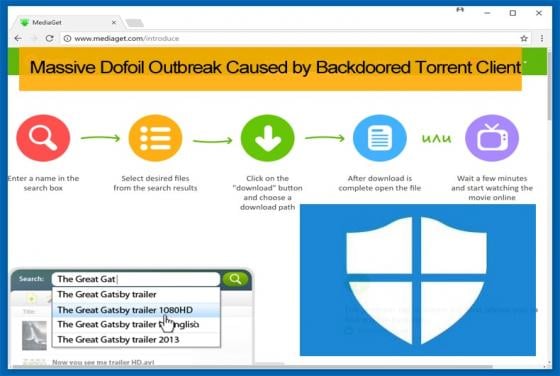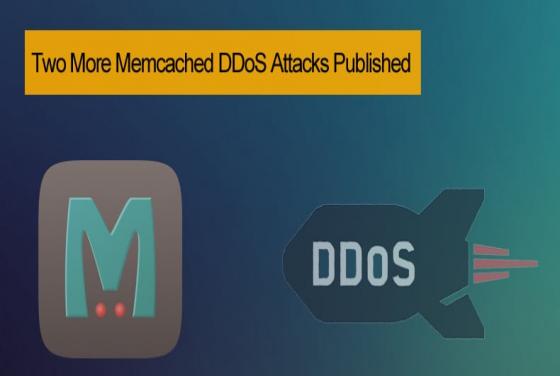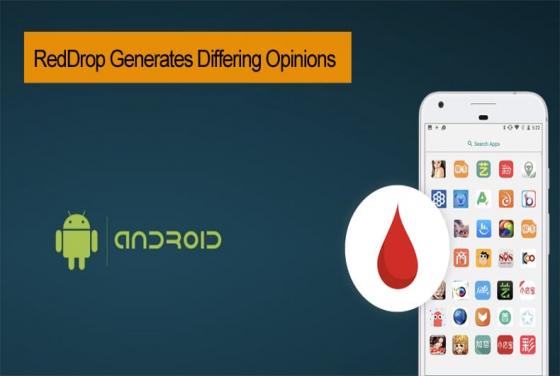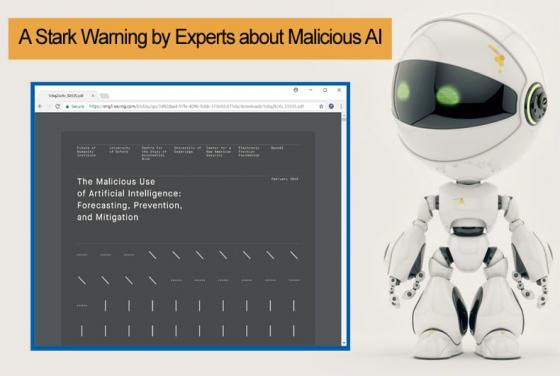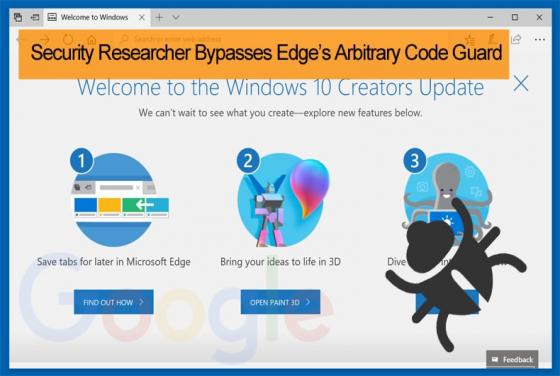

The Facebook and Cambridge Analytica Saga: Where it currently stands
Since the dawn of social media platforms privacy rights experts have been warning the public as to the dangers such platforms may have. These warnings tend to be summarily ignored till now. Facebook is not immune to scandal and has successfully navigated a few to become the behemoth of social media

